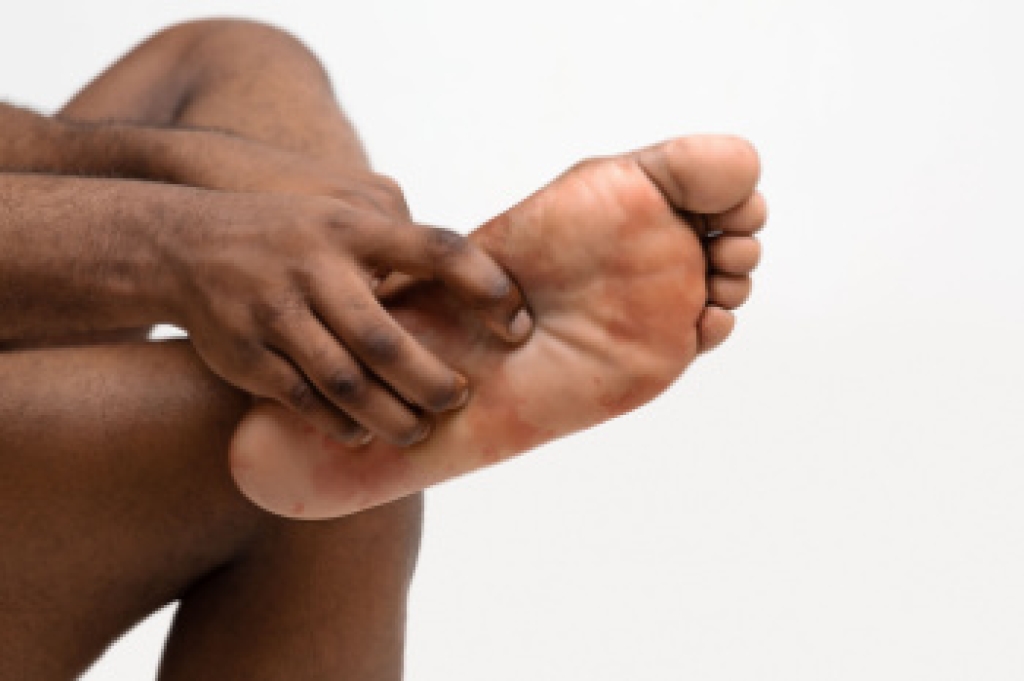
Children’s feet go through constant change as they grow, developing from soft, flexible structures into strong, supportive foundations. In infancy and early childhood, the bones are still forming, and the arch is not yet visible because of natural fat padding. As kids become more active and start walking, running, and jumping, the muscles and ligaments strengthen, and the arches begin to take shape. Proper-fitting shoes are essential during these stages, as tight or poorly shaped footwear can interfere with normal development. Flat feet, in-turning toes, or uneven walking patterns are common early on, but should be monitored to ensure they improve with growth. Regular foot checks by a podiatrist help identify any concerns before they cause discomfort or affect mobility. If you notice that your child seems to be experiencing foot discomfort, unusual wear on your child’s shoes, or frequent tripping, it is suggested that you schedule a podiatric evaluation.
Making sure that your children maintain good foot health is very important as they grow. If you have any questions, contact Patricia A. Kirk, DPM of Kirk Podiatry. Our doctor can provide the care you need to keep you pain-free and on your feet.
Keeping Children's Feet Healthy
Having healthy feet during childhood can help prevent medical problems later in life, namely in the back and legs. As children grow, their feet require different types of care. Here are some things to consider...
Although babies do not walk yet, it is still very important to take care of their feet.
Avoid putting tight shoes or socks on his or her feet.
Allow the baby to stretch and kick his or her feet to feel comfortable.
As a toddler, kids are now on the move and begin to develop differently. At this age, toddlers are getting a feel for walking, so don’t be alarmed if your toddler is unsteady or ‘walks funny’.
As your child gets older, it is important to teach them how to take care of their feet.
Show them proper hygiene to prevent infections such as fungus.
Be watchful for any pain or injury.
Have all injuries checked by a doctor as soon as possible.
Comfortable, protective shoes should always be worn, especially at play.
If you have any questions, please feel free to contact our office located in Lexington, TN . We offer the newest diagnostic and treatment technologies for all your foot care needs.



